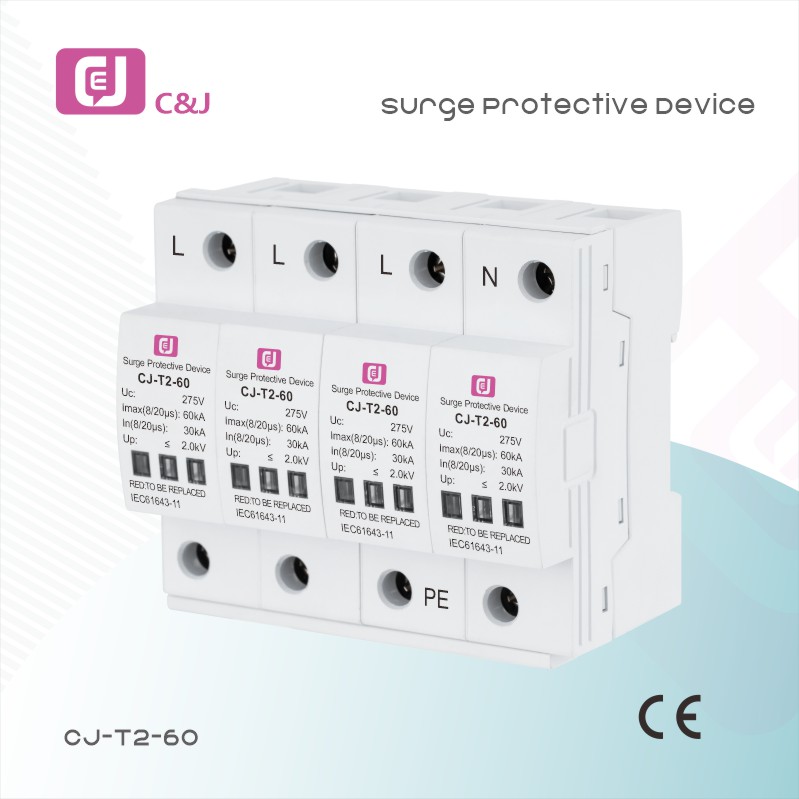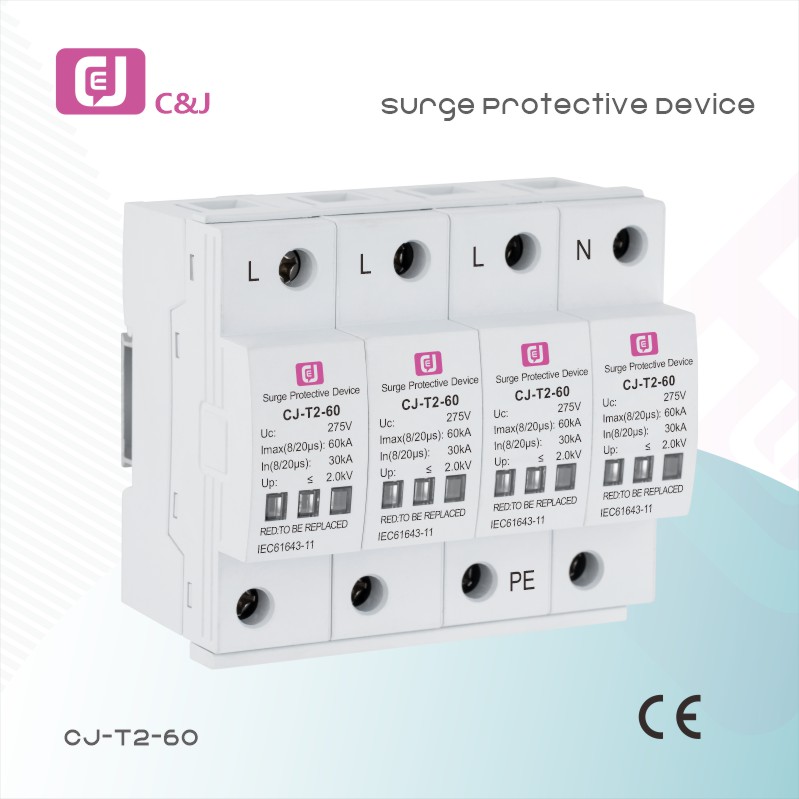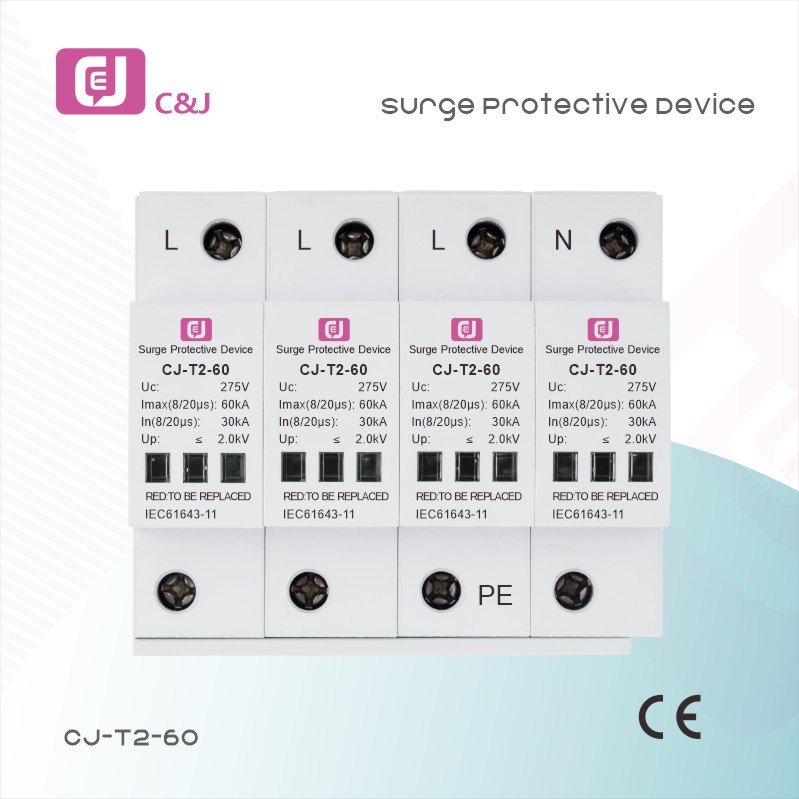Surge protector: Essential protection for electronic devices
In an increasingly digital world, people are more dependent on electronic devices than ever before. From smartphones and laptops to home appliances and industrial machinery, these devices have become an integral part of our daily lives. However, this dependence also brings the risk of power surges, which can cause serious damage to our electronic devices. This is when surge protection devices (SPDs) become particularly important.
Surge protectors are designed to protect electrical equipment from voltage spikes. These spikes can be caused by a variety of reasons, including lightning strikes, power outages, and even the operation of large appliances that use a lot of power. When a surge occurs, it can overwhelm a device’s electronic components, causing it to malfunction or even fail completely. SPDs act like a barrier, diverting excessive voltage away from sensitive equipment, keeping it safe.
The importance of surge protection cannot be overstated. According to the National Fire Protection Association (NFPA), power surges cause thousands of fires and millions of dollars in property damage each year. By investing in a high-quality surge protector, individuals and businesses can protect their investment and avoid costly repairs or replacements.
There are various types of surge protectors (SPDs) available on the market, each with a specific purpose. Plug-in surge protectors are the most common in home power supplies. These devices are similar to power strips, but have surge protection built in. They are ideal for protecting personal electronic devices such as computers, TVs, and game consoles. For more extensive protection, whole-house surge protectors can be installed at the distribution board. These devices are the first line of defense against surges invading the home’s electrical system.
In commercial and industrial settings, the need for robust surge protection is even more critical. Businesses often rely on expensive equipment and machinery that can be severely affected by power surges. Industrial surge protective devices (SPDs) are designed to handle higher voltage levels and can protect the entire system, ensuring operations are uninterrupted and equipment remains up and running.
When selecting a surge protector, several factors must be considered. The device’s clamping voltage, response time, and energy absorption capacity are key parameters that determine its effectiveness. Clamping voltage refers to the voltage level at which the surge protector (SPD) begins to divert overvoltage. The lower the clamping voltage, the better the protection for sensitive equipment. Response time indicates how quickly the device reacts to a surge, and the faster the response time, the better the protection. Energy absorption capacity measures the amount of energy a device can absorb before failing, so it is an important factor for high-energy environments.
In addition to protecting equipment, SPDs extend the life of electronic devices. By preventing damage from power surges, these devices help maintain equipment performance and reliability over the long term. This is especially important for businesses that rely on technology to operate, as downtime can result in lost revenue and productivity.
All in all, a surge protector is an essential investment for anyone who uses electronic devices. Whether in a home or commercial setting, protecting against power surges is critical to maintaining the functionality and lifespan of your equipment. There are a wide variety of surge protectors available on the market, and it’s important to choose one that meets your specific needs. This way, you can ensure that your electronic devices are operating safely and reliably, giving you peace of mind in this increasingly electrified world.
Post time: Jul-24-2025




